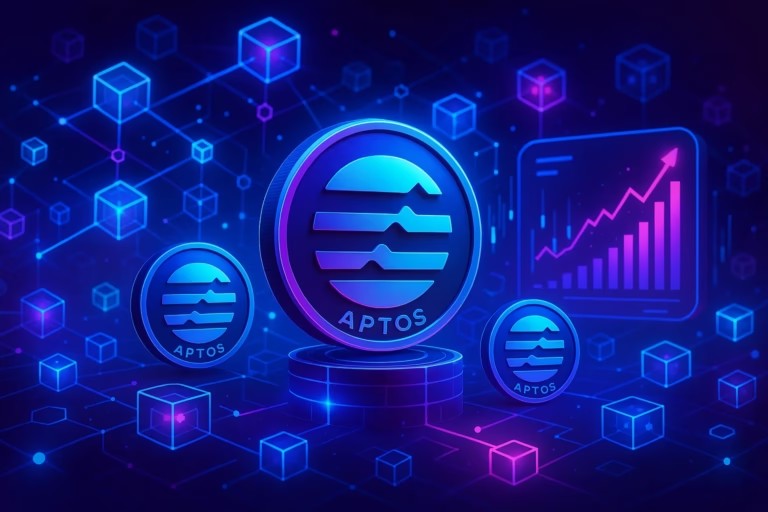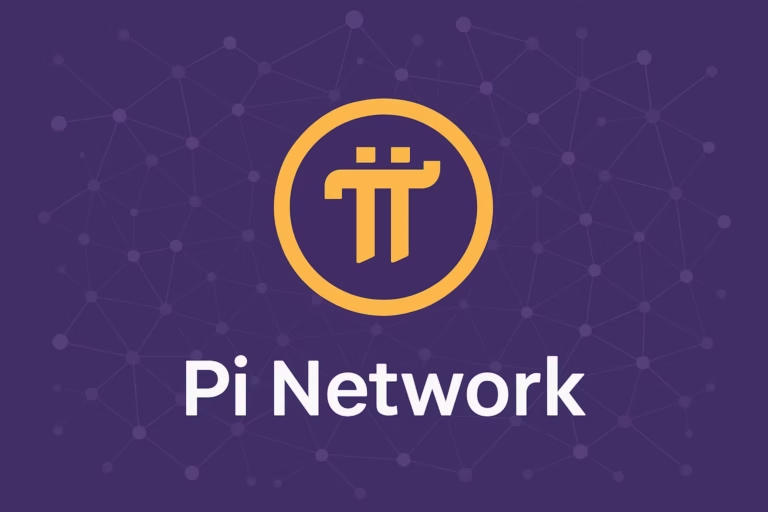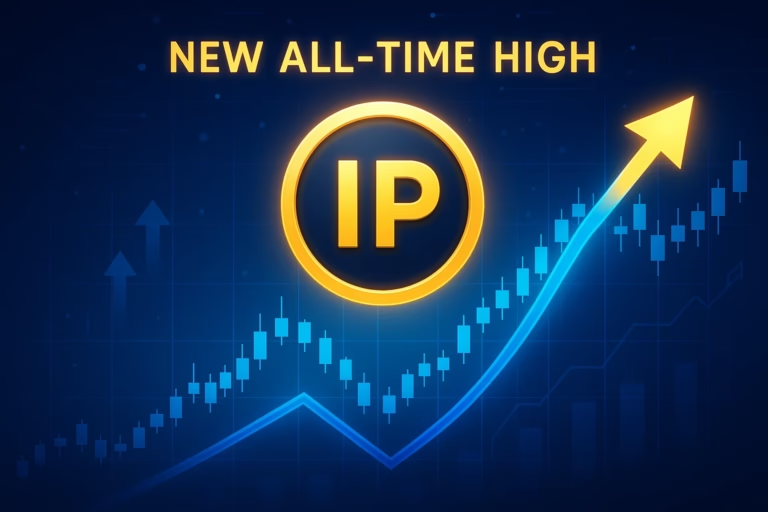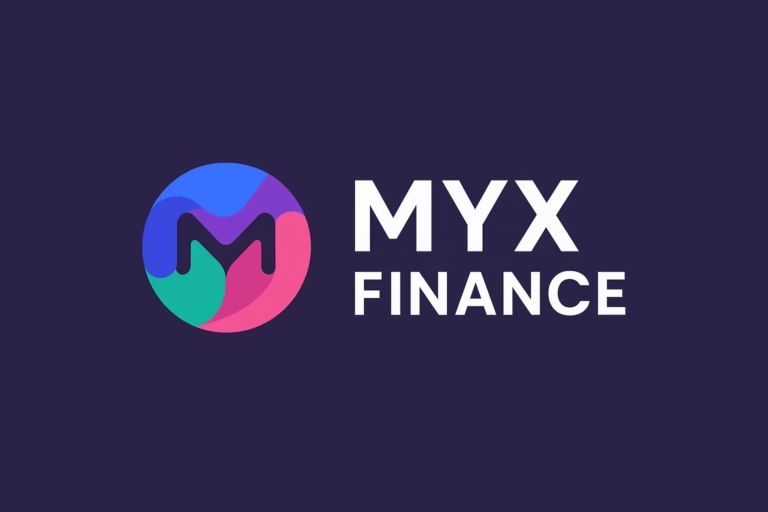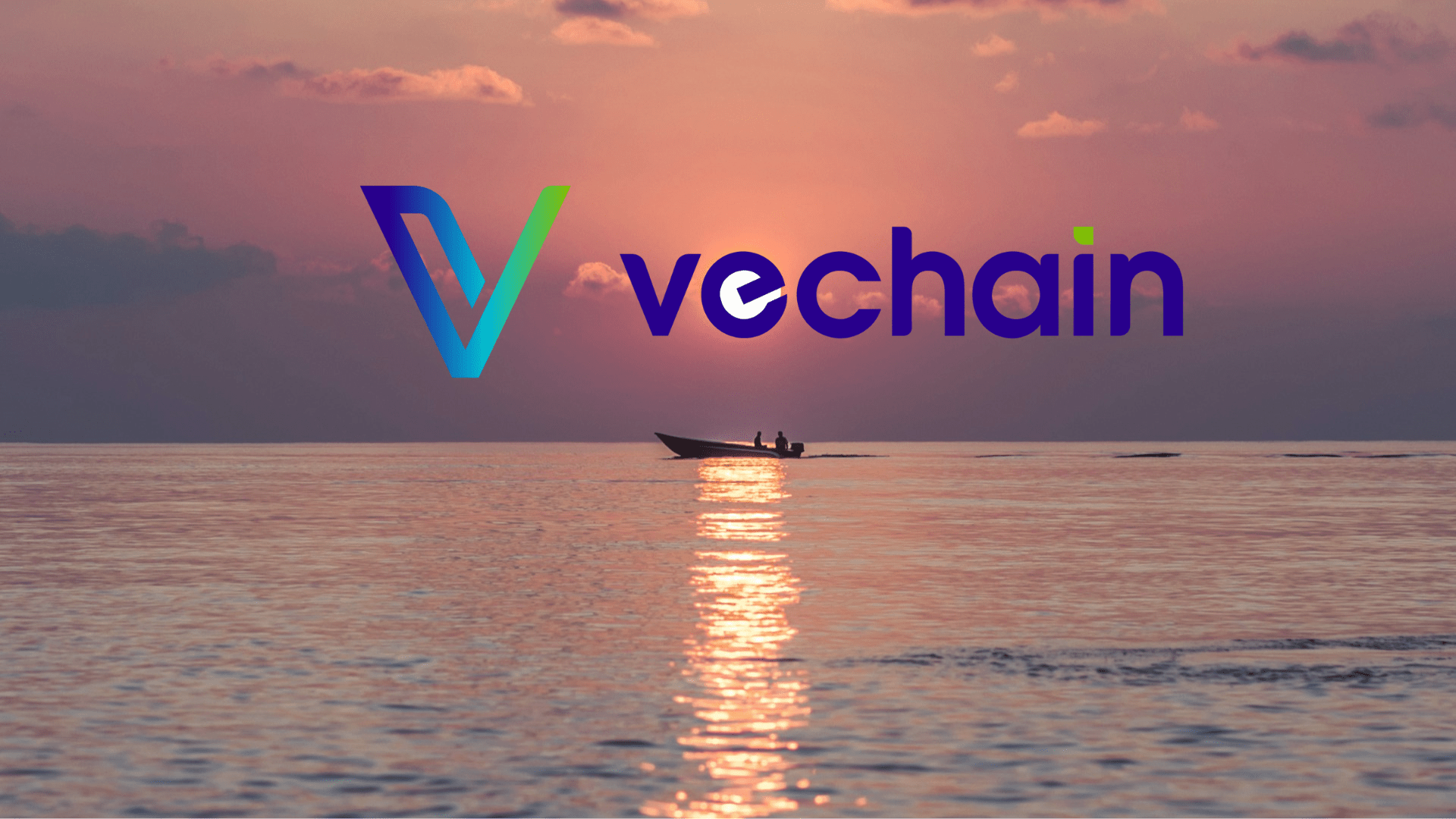
- VeChain is a blockchain ecosystem designed to enhance business processes, supply chain management, and Web3 development through its dual-token system (VET and VTHO) and energy-efficient proof-of-authority consensus.
- With strategic partnerships and real-world applications in industries like healthcare, automotive, and sports, VeChain continues to expand its enterprise adoption and blockchain integration.
VeChain is more than just another blockchain project—it’s a powerful ecosystem designed to streamline business processes, enhance supply chain management, and support Web3 development. Since its inception in 2015, VeChain has continued to evolve, attracting major partners and offering practical blockchain solutions for industries ranging from logistics to automobile manufacturing.
Understanding VeChain and Its Two-Token System
Unlike traditional blockchains, VeChain employs a dual-token model to separate transaction fees from market speculation. The two tokens used in its ecosystem are:
- VeChain Token (VET): Functions as the primary value-transfer asset within the network.
- VeChainThor Energy (VTHO): Used to pay for transactions and smart contract execution, ensuring a predictable fee structure for developers and businesses.
This system provides stability and efficiency, addressing one of the main pain points in other blockchain networks—unpredictable transaction fees.
How VeChain Works
VeChain initially operated on Ethereum but transitioned to its own blockchain, VeChainThor, in 2018. The network uses a unique proof-of-authority (PoA) consensus mechanism, where transactions are validated by Authority Masternodes (AMs). These AMs undergo a vetting process to ensure security and trustworthiness, making the system more efficient and less energy-intensive than traditional proof-of-work models.
VeChainThor also features economic and X-nodes, which help maintain network stability and governance. Economic nodes support the ecosystem by holding VET, while X-nodes provide additional incentives for early adopters and stakeholders.
Real-World Applications of VeChain
VeChain has established itself as a blockchain solution for real-world business problems. Some of its most notable use cases include:
- Supply Chain Management: Companies can track products using smart chips, RFID tags, and IoT sensors to ensure authenticity and quality control.
- Automobile Industry: VeChain has collaborated with Renault and Microsoft to create a tamper-proof digital car maintenance book.
- Healthcare and Pharmaceuticals: VeChain’s technology enables real-time tracking of medicines, ensuring they are stored and transported within the correct conditions.
- Sports and Entertainment: A partnership with UFC integrates blockchain-powered near-field communication (NFC) chips in boxing gloves, creating NFTs that verify authenticity.
Is VeChain a Good Investment?
VeChain’s growing list of high-profile partnerships, including collaborations with PwC, Microsoft, Renault, and UFC, highlights its credibility and potential for long-term adoption. Investors considering VeChain should evaluate the project’s sustainability, enterprise adoption, and role in the expanding Web3 landscape. While no investment is risk-free, VeChain’s active development and real-world applications make it a noteworthy contender in the blockchain space.
Final Thoughts
VeChain is proving that blockchain technology isn’t just for cryptocurrencies—it can revolutionize industries by providing transparency, security, and efficiency. With its enterprise-focused approach, VeChain continues to expand beyond supply chain management, shaping the future of blockchain integration in global businesses.

